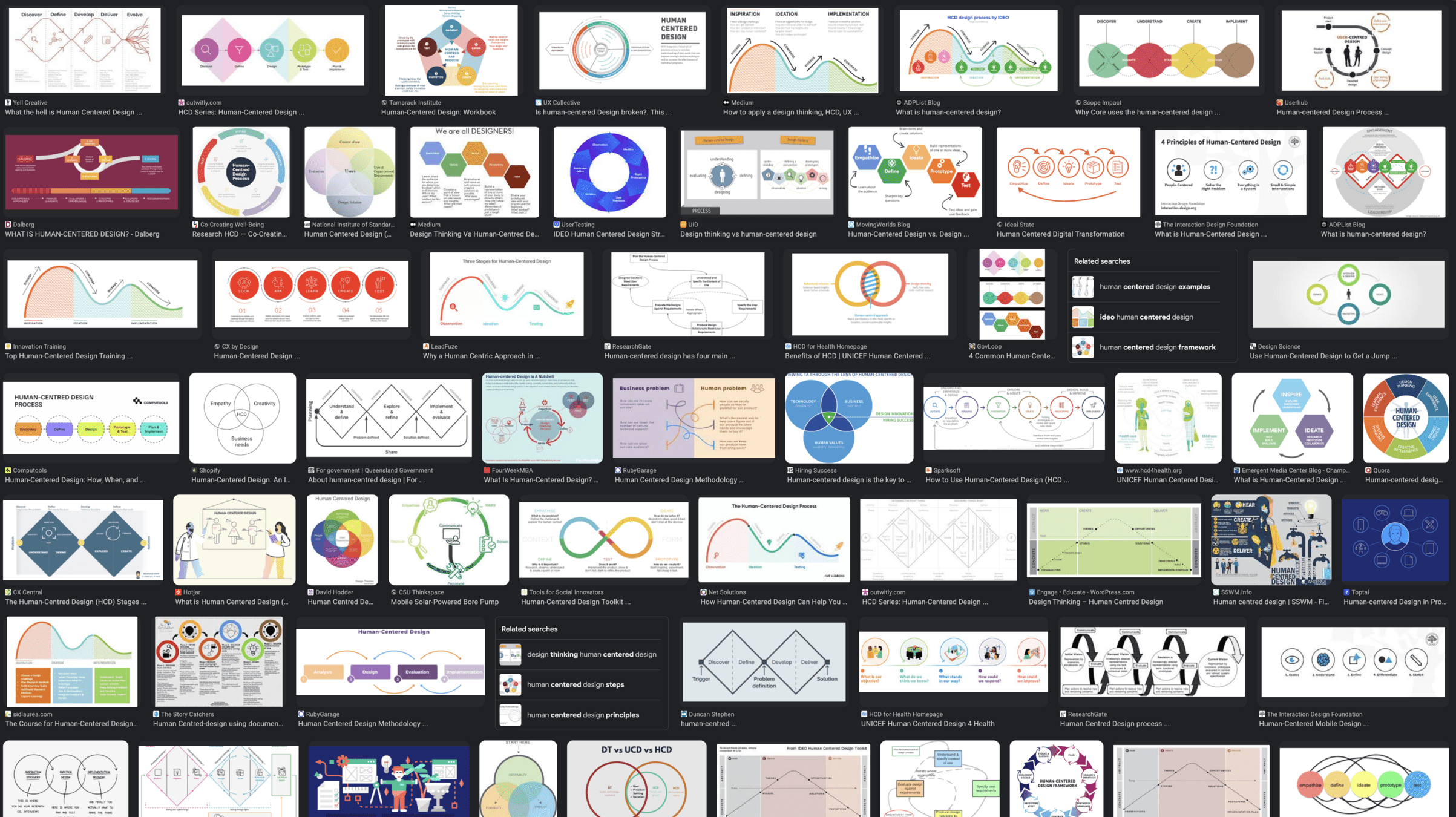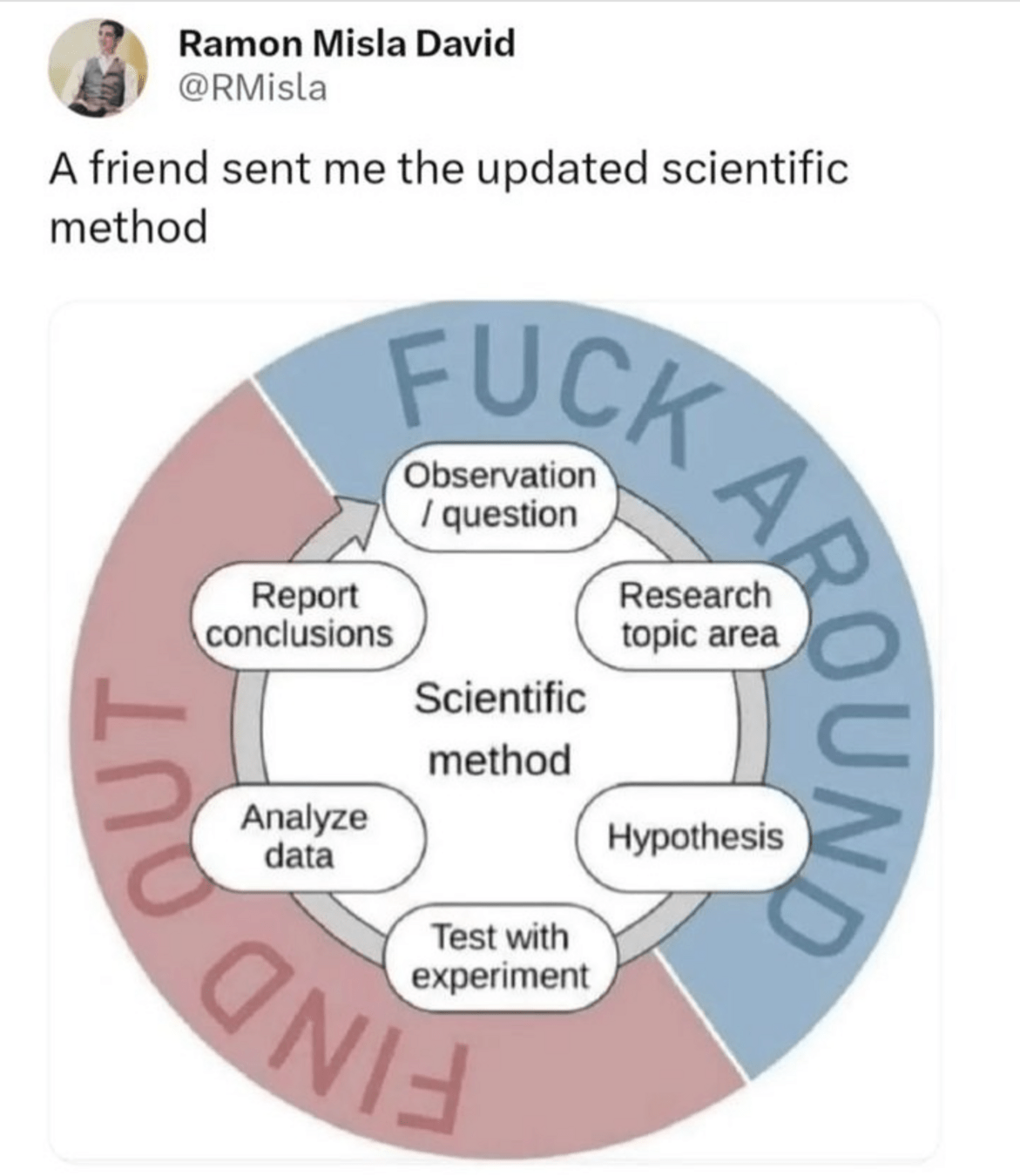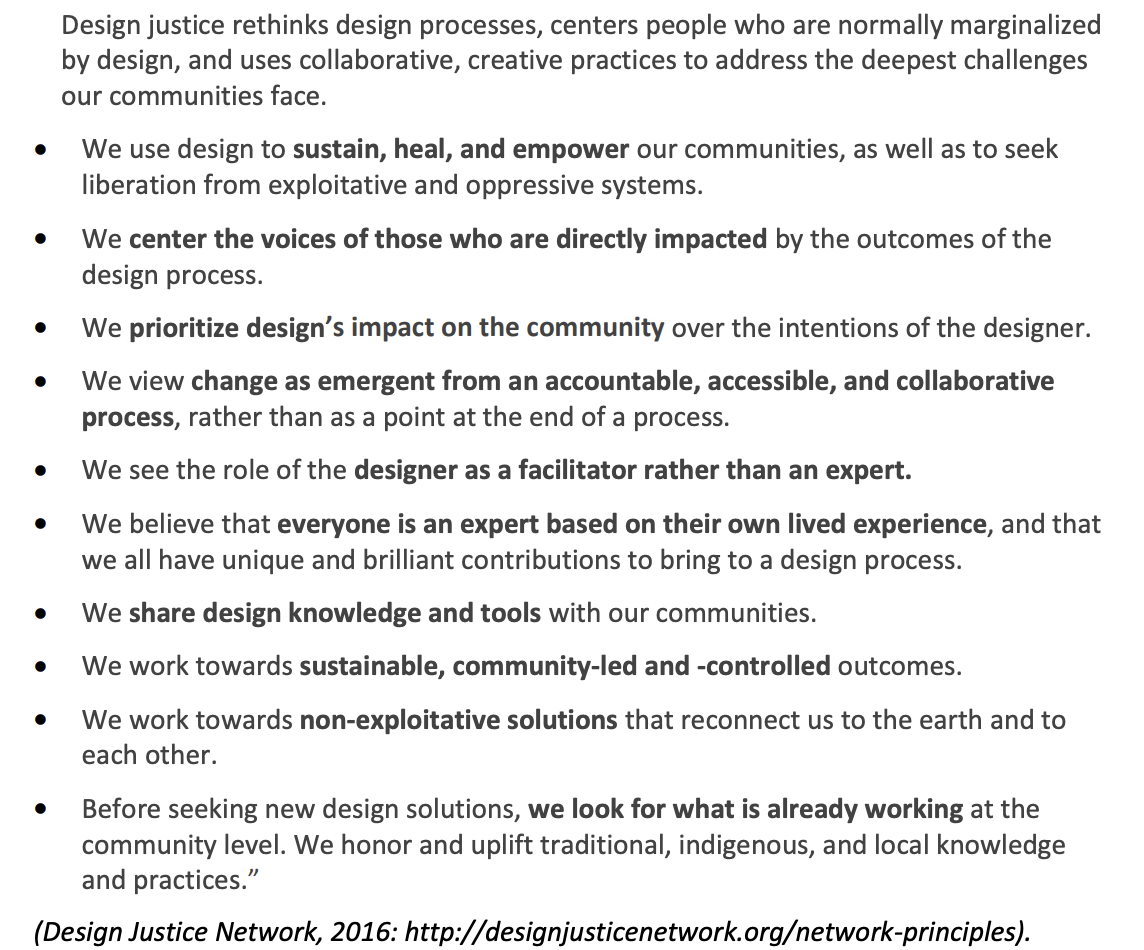Human centred design
for Our Watch, November 2023

Hi, I'm Milly!


Agenda
What is human centred design?
What is HCD like in 2023?
Case study
Advice
Principles
Activity
Questions

What is human centred design?




Human centred design is the radical idea that you should spend time understanding the problem before designing the solution

Problem space
Solution space
Discover
Define
Develop
Deliver
Divergence
Convergence
Divergence
Convergence
Problem definition design brief
Solution
Challenge



What is the state of design in 2023?

The post-Covid tech recession has hit design hard

Designers are expected to do it all - research, user experience, visual design, motion design, illustration, service design

AI has not yet taken our jobs - but presents opportunities to innovate

Many designers are optimising rather than innovating

It's harder than ever to run a startup, social enterprise or not for profit

Design has been democratized - for better or worse

Design is inclusive

Beyond human-centred; planet-centred design attempts to de-centre us and think bigger towards sustainability

"Good design is actually a lot harder to notice than poor design, in part because good designs fit our needs so well that the design is invisible."
Don Norman





Doug Dietz, GE Healthcare






Advice for any designer

Be patient / don't rush

Be curious

Be creative

Be careful

Advice for new designers

Be brave!

Trust the process

Your ideas are hypotheses

Try to prove yourself wrong

Problem space
Solution space
Discover
Define
Develop
Deliver
Divergence
Convergence
Divergence
Convergence
Problem definition design brief
Solution
Challenge
Problem space
Solution space
Discover
Define
Develop
Deliver
Divergence
Convergence
Divergence
Convergence
Problem definition design brief
Solution
Challenge
You will feel overwhelmed
Problem space
Solution space
Discover
Define
Develop
Deliver
Divergence
Convergence
Divergence
Convergence
Problem definition design brief
Solution
Challenge
You will need to prioritise
Problem space
Solution space
Discover
Define
Develop
Deliver
Divergence
Convergence
Divergence
Convergence
Problem definition design brief
Solution
Challenge
You will need to be patient and open minded
Advice for designers working on important problems

Don't try to boil the ocean

Test, test, and test again

Avoid sunk cost fallacy

Advice for not for profits

Without a profit motive, make sure you are crystal clear on your goals

With fewer resources, prioritise carefully



Fixed
Non negotiable
Variable
Variable
It's better to do one thing well

Advice for designing within and against oppressive systems

Vicarious trauma

You will need to rest

Design principles

Standards

Pluralism

Reflexivity


Participation

Think beyond tech


Design begins with empathy

Ask why.
Never say “usually” when asking a question.
Encourage stories.
Pay attention to nonverbal cues.
Don’t be afraid of silence.
Ask questions neutrally and don’t suggest answers.
Even when you think you know the answer.
Instead, ask about a specific occurrence. “Tell me about the last time you ____.”
Stories reveal how users think about the world. Look for inconsistencies. What users say and do can be different. These inconsistencies often hide interesting insights.
Be aware of body language and emotions.
When you allow for silence, you give users time to reflect on their answers— which may lead to deeper responses.
“What do you think about buying gifts for your spouse?” is better than “Don’t you think shopping is great?”
Design challenge: we want to reduce the amount of food waste generated by domestic households

-
In pairs, interview each other about the topic
(10 mins)
-
Find a new partner and compare your research findings
(5 mins)
-
With your new partner, brainstorm some ideas quickly using crazy eights. (2 mins)
- Choose your best idea to share back (5 mins).
- Ask why.
- Never say “usually” when asking a question.
- Encourage stories.
- Pay attention to nonverbal cues.
- Don’t be afraid of silence.
- Ask questions neutrally and don’t suggest answers.

Share back

Questions?

Thank you for having me!
millyschmidt.me
Appendix:
Recommended resources

- Design ethics
- Design's role in building a more just and equitable future
- Case studies
- Understanding research techniques
- How to plan research fit for context
- Demystify research jargon

- Learn useful and effective techniques across the entire design process
- Manual for five day innovation sprints
- Case studies

- Innovation focused techniques for the whole organisation
- Understanding risk calculation
- Case studies

- Codesign techniques
- Case studies
- Codesign ethics and philosophy
- Melbourne-based author!

- Introduction to Jobs to be Done framework - simple, short
- Methodology overview and framework
- Primer for further exploration

- Designing for "stress cases" or edge cases
- Equitable and inclusive design principles and techniques
- Case studies

- Work framework for regular research and customer contact
- Popular product management approach
- Best practice research cadence
